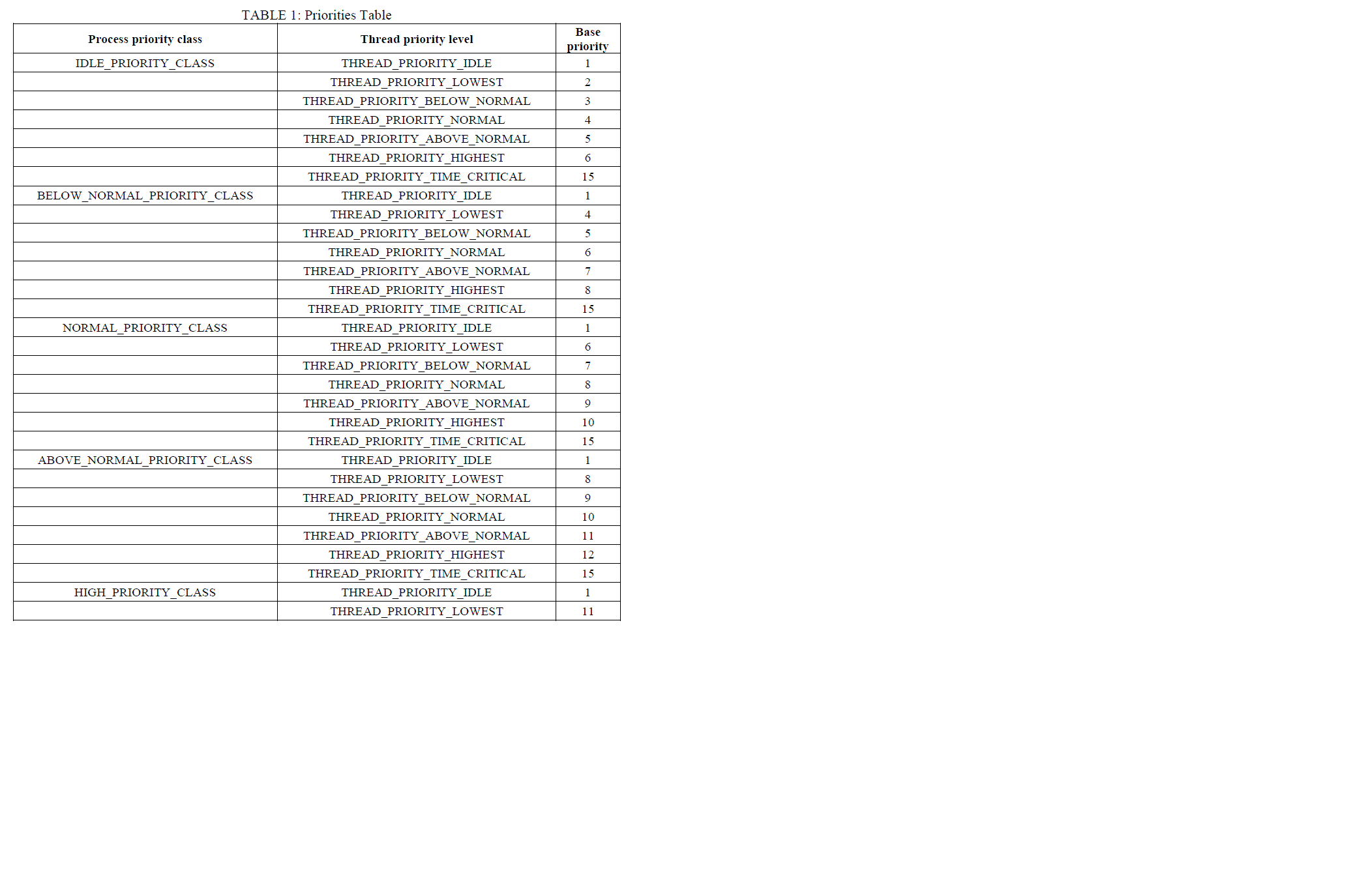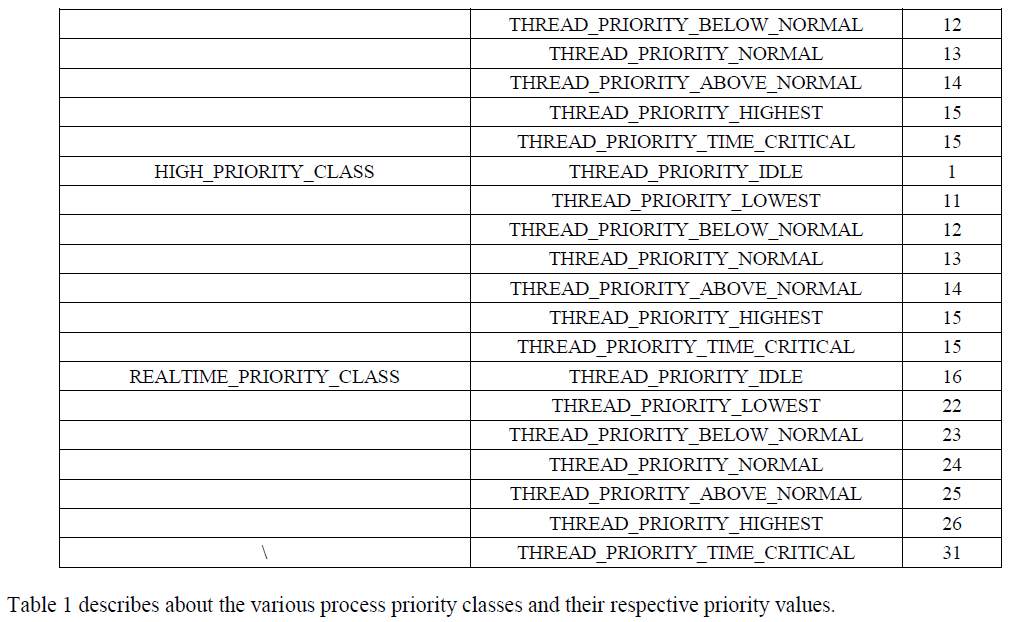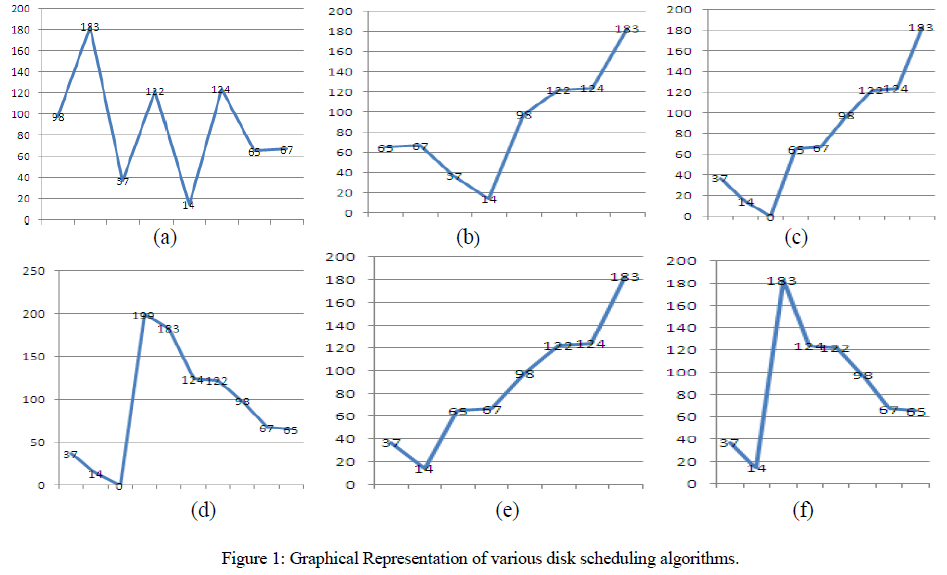ISSN ONLINE(2319-8753)PRINT(2347-6710)
ISSN ONLINE(2319-8753)PRINT(2347-6710)
C.Mallikarjuna1, K. Sudheer Babu2, Dr. P. Chitti Babu3
|
| Related article at Pubmed, Scholar Google |
Visit for more related articles at International Journal of Innovative Research in Science, Engineering and Technology
Processor speed and memory size are increasing day by day several times faster than disk speed. The difference between these two identifies that disk I/O performance could become a very important factor concerning system performance. In operating systems, seek time is very crucial. Since all device I/O requests are linked in queues, if the seek time increases the system performance gets degraded. So we need certain algorithms for serving disk requests more efficiently. These algorithms are used for scheduling the various requests regarding the disks with less time and finally the system shows the better performance. In this paper we proposed a new algorithm for disk scheduling which is quite new when compared with the existing disk scheduling algorithms.
Keywords |
| Seek Time, Scheduling, Disk Scheduling, Priority. |
INTRODUCTION |
| For a multiprogramming system with many processes, the disk queue may often have several pending requests. Thus, when one request is completed, the operating system chooses which pending request to service next. All these things should be performed by incorporating one disk scheduling algorithm. In operating system disk scheduling is major concern to access the hard disk. By using disk scheduling we can access or speed up the accessing process of hard disk. Disk scheduling is the problem of deciding which particular request for data by your computer from your hard drive should be served first. |
II. RELATED WORK |
| In this section we describe the related work regarding proposed disk scheduling algorithm. According to the proposed Disk Scheduling Algorithm, threads are scheduled to run based on their scheduling priority. We have also explained here how to categorize various disk requests in to many types and which priority values can be assigned to them. Each thread is assigned a scheduling priority. The priority levels range is from zero (lowest priority) to 31 (highest priority). The priority class and priority level are combined to form the base priority of a thread. The priority of each thread is determined by the following criteria. |
| ïÃâ÷ The priority class of its process |
| ïÃâ÷ The priority level of the thread within the priority class of its process |
Priority Class |
| Each process belongs to one of the following priority classes. |
| ïÃâ÷ IDLE_PRIORITY_CLASS |
| ïÃâ÷ BELOW_NORMAL_PRIORITY_CLASS |
| ïÃâ÷ NORMAL_PRIORITY_CLASS |
| ïÃâ÷ ABOVE_NORMAL_PRIORITY_CLASS |
| ïÃâ÷ HIGH_PRIORITY_CLASS |
| ïÃâ÷ REALTIME_PRIORITY_CLASS |
Priority Level |
| The following are priority levels within each priority class. |
| ïÃâ÷ THREAD_PRIORITY_IDLE |
| ïÃâ÷ THREAD_PRIORITY_LOWEST |
| ïÃâ÷ THREAD_PRIORITY_BELOW_NORMAL |
| ïÃâ÷ THREAD_PRIORITY_NORMAL |
| ïÃâ÷ THREAD_PRIORITY_ABOVE_NORMAL |
| ïÃâ÷ THREAD_PRIORITY_HIGHEST |
| ïÃâ÷ THREAD_PRIORITY_TIME_CRITICAL |
Base Priority |
| The process priority class and thread priority level are combined to form the base priority of each thread. The following table shows the base priority for combinations of process priority class and thread priority value. |
 |
 |
III. PROPOSED DISK SCHEDULING ALGORITHM |
| In this section the proposed Disk Scheduling Algorithm is described. The principle of this algorithm is –“The disk requests which has highest priority will be served first”. So before applying this algorithm we sort disk requests based on their priority values. According to the priority values each disk request will be served and the head movement is calculated. Like that all the disk requests will be served which are waiting in a disk queue. Finally the head movement is calculated for each served disk requests. |
Assumptions |
| In this algorithm we made following assumptions. |
| ïÃâ÷ Each Read/Write request must be assign with some priority. |
| ïÃâ÷ The disk request which has assigned highest priority that can be serviced first. |
| ïÃâ÷ The disk head is not moving till end of the disk and is moved further towards the request. |
| ïÃâ÷ The disk requests can be processed in both directions i.e. either in forward direction and backward direction. |
 |
| 9. Display hm value; |
| 10. Stop. |
IV. EXPERIMENTAL RESULTS |
| In this section we will discuss about experimental results of the proposed Disk Scheduling Algorithm with an example. And also, we have mentioned the comparison results of the proposed Disk Scheduling Algorithm with the existing Disk Scheduling Algorithms like FCFS, SSTF, SCAN, CSCAN, LOOK, and CLOOK. |
| Table-2 consists of the information about various disk requests on various cylinder numbers and their priority values which are currently waited in a disk queue. And the current head position is 53. |
 |
| The Figure-1 shows, graphical representation of various disk scheduling algorithms for the example which is mentioned in table-2. The Figure 1-(a),(b),(c),(d),(e),(f) shows the order of servicing disk requests according to the FCFS,SSTF,SCAN,C-SCAN,LOOK,C-LOOK respectively. |
 |
| Figure-2 shows the graphical representation of proposed disk scheduling Algorithm i.e. “Priority Based Disk Scheduling Algorithm” and the order of disk requests which are get serviced. |
 |
| Table-4 shows the details about head movements of different disk scheduling algorithms including “Priority disk scheduling algorithm”. |
 |
Limitations |
| A major problem with Priority Disk Scheduling algorithm is “indefinite blocking or starvation”. That is a request which has lowest priority that can be waited for indefinite time period to make process. Any way we can overcome this problem of indefinite blockage of low priority request with aging. Aging is a technique of gradually increasing the priority of disk requests which is waiting for a long time. |
V. CONCLUSIONS |
| In this paper we have proposed a new Disk Scheduling Algorithm named as “Priority Based Disk Scheduling Algorithm” which works purely on the basis of priority. According to this, a disk request which is having highest priority can be served first. So in this way all the high priority disk requests can be served before, when compared with the low priority disk requests. Perhaps the disk request which is having highest priority is not waiting for so much time to do service. It is proved very easily that this scheduling algorithm is better than some of the existing algorithms. |
References |
|